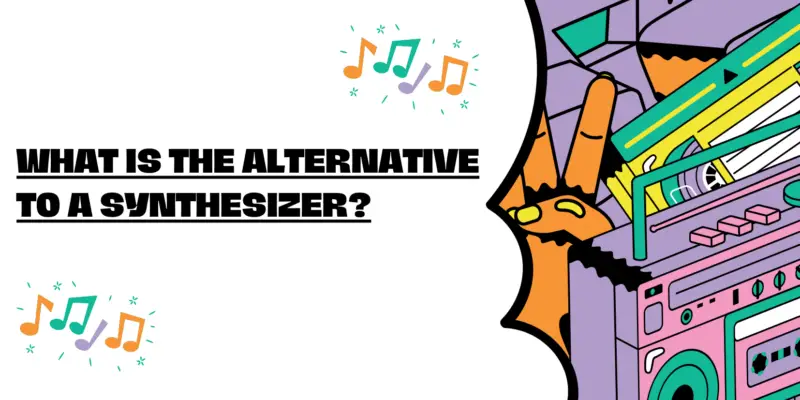While synthesizers have become indispensable tools for musicians, producers, and sound designers, there are alternative methods and instruments for generating sounds that offer unique sonic possibilities and creative avenues. In this article, we will delve into some of the alternatives to synthesizers, exploring acoustic, electroacoustic, and unconventional approaches to sound generation.
1. Acoustic Instruments:
Acoustic instruments are the oldest and most traditional means of sound generation. These instruments produce sound through physical interactions with their components, such as strings, air columns, membranes, or percussion surfaces. Examples of acoustic instruments include:
- Piano: The piano is renowned for its versatility and dynamic range, offering both melodic and harmonic possibilities.
- Violin: The violin produces rich, expressive tones and is known for its role in classical and folk music.
- Flute: Woodwind instruments like the flute produce sound by blowing air across a specific opening, creating distinctive timbres.
- Drums: Percussion instruments like drums offer rhythmic and percussive textures.
- Voice: The human voice is a versatile instrument capable of conveying a wide range of emotions and timbres.
2. Electroacoustic Instruments:
Electroacoustic instruments blend acoustic elements with electronic processing to create unique sounds. These instruments can include pickups, microphones, and amplifiers. Examples of electroacoustic instruments include:
- Electric Guitar: The electric guitar uses pickups to convert string vibrations into electrical signals, which are then amplified and processed for various effects.
- Theremin: The theremin is an electronic instrument that generates sound by the proximity of the player’s hands to two antennas, producing eerie and otherworldly tones.
- MIDI Controllers: These devices, like MIDI keyboards and wind controllers, allow musicians to control digital synthesizers and samplers, bridging the gap between acoustic and electronic worlds.
3. Sound Sculpting Tools:
Various tools and devices enable sound sculpting and manipulation beyond the capabilities of traditional instruments. These include:
- Effect Pedals: Guitarists and other instrumentalists often use effect pedals to modify and shape their sound with effects like delay, reverb, and distortion.
- Sampler/Sequencer: These devices allow users to record and manipulate audio samples, creating intricate compositions or soundscapes.
- Modular Synthesizers: While related to synthesizers, modular systems offer a different approach to sound generation, allowing users to patch and connect various modules for highly customizable sound design.
4. Field Recordings and Found Sounds:
Some artists and composers draw inspiration from the world around them, incorporating field recordings and found sounds into their music. This approach involves capturing sounds from the environment, such as nature, industrial spaces, or everyday life, and manipulating them to create music or soundscapes.
5. Computer-Based Sound Design:
With the advent of digital audio workstations (DAWs) and software instruments, many musicians and sound designers create electronic music entirely “in the box.” These software-based approaches offer limitless possibilities for sound generation, synthesis, and manipulation.
Conclusion:
While synthesizers are versatile and powerful tools for sound creation, they are just one option among many in the world of music and sound design. Acoustic instruments, electroacoustic hybrids, effect pedals, field recordings, and digital tools offer alternative means of sound generation, each with its unique sonic characteristics and creative potential. Musicians and producers often choose the method or combination of methods that best aligns with their artistic vision and the soundscapes they wish to explore. The diversity of available alternatives ensures that the world of sound generation remains rich and varied, continuously pushing the boundaries of music and sound art.


